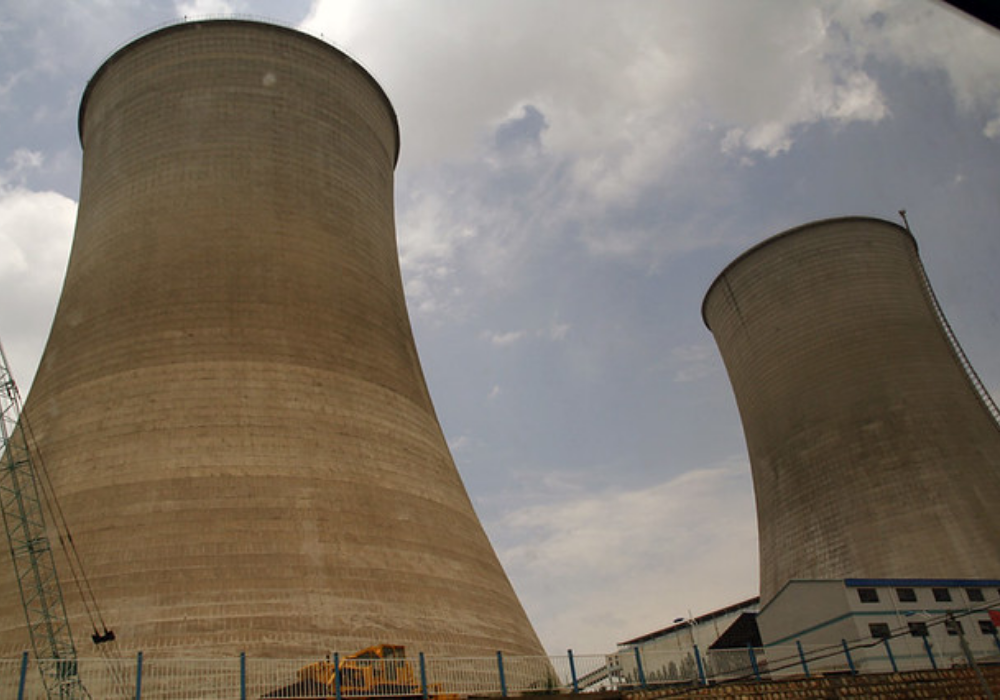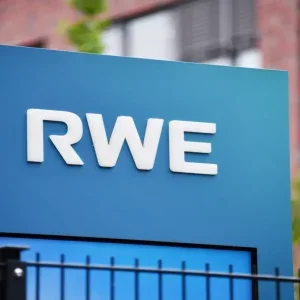
Nuclear power stations typically have a working life that exceeds that of any individual engineer, so choosing the right asset management partner for supply, repair and maintenance of critical equipment is essential, says Christophe Borgeois and Yohann Valla of Celeros Flow Technology.
Nuclear power stations represent a significant investment and are designed to last – for example, the new EPR reactors will have a design life in excess of 60 years. This can present a number of challenges for those tasked with maintaining critical equipment, which may require repair or replacement multiple times during a power station’s lifetime.
Let us take pumps as an example. They perform an essential role in moving fluids around the site and also perform a critical function as part of the core reactor water cooling system, designed to operate if the reactor temperature becomes too high. Whether they are in daily use or sit ready for duty in an emergency, pumps need to be ready to be put into service and working at their best all the time.
Safety-related pumps are generally operated for one hour per month to ensure they continue to function as would be required in an emergency. Even after 40 years, this is less than 2000 hours of operation. These pumps therefore require a strip down every two to 10 years, to ensure that every aspect is still compliant with the original drawings and tolerances.
Key points in choosing the right nuclear asset management partner
On the record
In such a highly regulated industry, the chain of supply required to maintain each piece of equipment is considerable. Documentation is key to compliance – validation of materials, processes and consumables requires a recorded history to ensure integrity.
The original equipment specification needs to be immaculate, with any changes logged so that it is possible to re-engineer components over time. This includes ensuring continuity of supply for the materials from which the components are made, whether it is steel for housings or rubber composites for seals.
Documentation also plays a key role in the ongoing safety and reliability of critical equipment. Its importance was amply illustrated in 1979, when the investigation into Three Mile Island discovered that the previous holder had let certificates lapse, making it difficult to apportion responsibility for the near-catastrophic reactor meltdown. This led to the US developing a specific code for documentation for nuclear programs that is still in use today.
Recent events in Korea have further stressed the importance of accurate documentation and traceability for nuclear operators. In this instance, a substandard material entered the supply chain due to a supplier deliberately altering the documentation.
The incident shut down the country’s nuclear programme for some time, as comprehensive checks were made to establish the extent of the problem. The final ruling clarified that legal responsibility rests with the certificate holder to ensure traceability through the entire supply chain.
While the legal position is clear, in practice the retention of documents and records over the lifetime of a nuclear site has to be a collaborative effort between equipment suppliers, the operator and the maintenance team.
The ability to demonstrate due diligence in the creation and retention of the necessary documentation is therefore a key attribute to consider when selecting a lifecycle partner.
Planning for obsolescence
We mentioned earlier that the lifetime of the nuclear plant and the lifetime of components and equipment can be quite different. The average lifetime of a pump is 35 years, so obsolescence is a key consideration for maintenance regimes.
Where original parts are no longer available, there is a need to prove that replacements can perform the same task and to the same standards as the original certified product, which is a considerable undertaking.

Most clients therefore have their own boards of obsolescence, who want full details of likely parts going out of production so that shortfalls and lack of availability can be predicted as far as possible. The ability of a lifecycle partner to work with the client and provide transparency in this regard is a key competence to look for.
Celeros FT has a particular advantage in this regard – because we combine OEM with aftermarket services, we are able to make a commitment that critical equipment such as pumps and their constituent components will not become obsolete, with parts availability guaranteed for the lifetime of the plant.
Sharing knowledge
It is not only physical plants that may become obsolete over time. It is very unlikely that the engineer that installed the equipment originally will be on hand 40 years later to maintain it, and he or she certainly will not be available when the power station is due for decommissioning. So, the ability to capture knowledge and ensure continuity of expertise is another key part of good nuclear asset management.
At Celeros FT, we not only ensure that our own employees are continuously improving their knowledge, we also host training courses for client employees – such as refresher courses and inductions.
These sessions are particularly important to ensure everyone involved is speaking a common language – no jargon, no ‘one company’ slang or abbreviations are allowed. This approach greatly reduces the likelihood of any misunderstanding between site personnel and external suppliers in times of crisis.
Topics for training should not be limited to a specific site’s requirements – sessions to update people on regulations and responsibilities, or to share new technical developments and best practice are also very useful.
About 200 people per year from external organisations attend our courses – including representatives from safety authorities who are keen to keep abreast of the latest flow control solutions.
Responsiveness to change
In safety-critical industries, it is vital that all parties respond swiftly to any incident, learn lessons and contribute positively to finding a lasting solution.
Fukushima is a case in point. Here, the tsunami flooded the site and prevented the operation of safety pumps that were supposed to kick in and cool the core reactor. This prompted global nuclear safety authorities to ask site operators a whole new question: “What happens if you lose all power?”
In Europe, the response has been to house the emergency diesel engine for the reactor cooling system in an entirely separate – and elevated – building to prevent flooding. However, this solution does not solve the fundamental problem – the safety pumps still rely on an external power source and may not operate properly if submerged.
Celeros FT has applied its specialist engineering knowledge to reassess the pump design, using its inhouse ASME-accredited facilities to develop a unique solution – the CUP TWL pump.
Rather than rely on an external power source, the CUP TWL uses the steam produced as a byproduct of the nuclear generation process to pump cooling water into the core should it overheat. The pump requires no external electrical supply, cooling water or oil system and provides an independent, robust and reliable solution.
Validation tests have proved that the TWL pump will perform reliably for extended periods, even when fully submerged.
The current global pandemic is another challenge. Lockdown has had a big impact on available materials, and it will take time to get the supply chain working again. For example, the qualification process for foundries takes time so finding and validating alternative sources will be arduous.
As a safety-critical supplier, Celeros FT is already working on ways to fast-track materials in order to control timelines for customers.
Conclusion
The nuclear sector is safety-driven and highly regulated, which requires a number of key attributes from supply chain partners – particularly those involved in the supply and maintenance of critical equipment and components. These include:
- Long-term commitment, with a business model that supports the longevity of service required for nuclear applications;
- Knowledge of the regulatory framework and how to operate within it, including documentary procedures;
- Expertise at technical and industry level that is constantly kept up to date and shared with the client;
- Facilities and personnel that are fully accredited to undertake maintenance and servicing work that cannot be performed on-site.
Working with a lifecycle partner that can combine industry knowledge, OEM skills and Aftermarket expertise in a virtuous circle of improvement is therefore a major advantage for optimising reliability and safety.
Celeros FT has a proven track record in serving the nuclear power sector. The synergies between its OEM and Aftermarket teams enable it to guarantee OEM replacement parts, secure a transparent materials supply chain, and offer the depth of knowledge from design to decommissioning that is so important in a full lifecycle partner.
This article originally appeared in Nuclear Engineering International magazine






